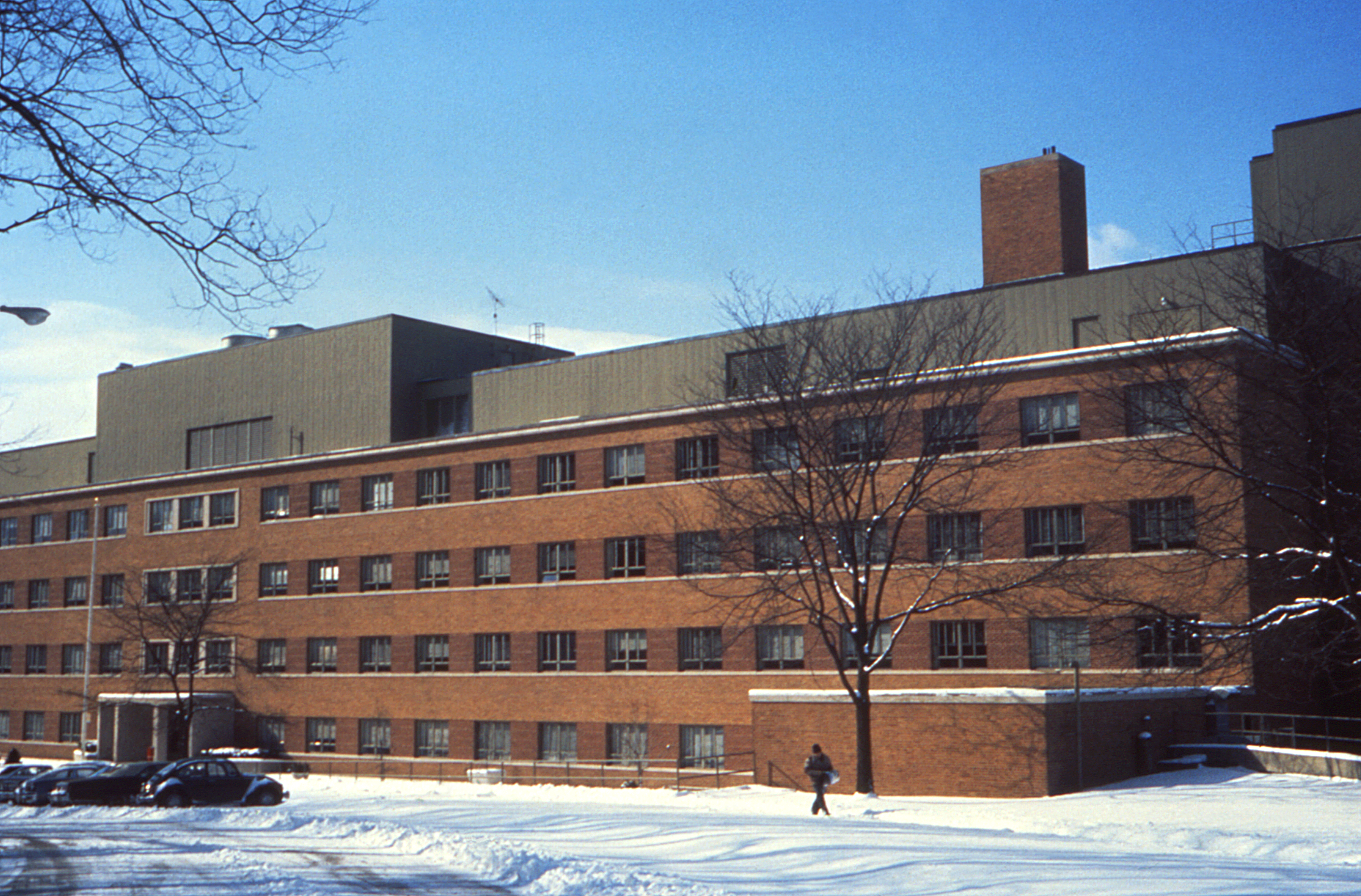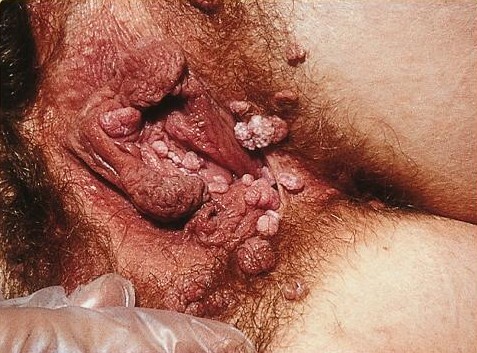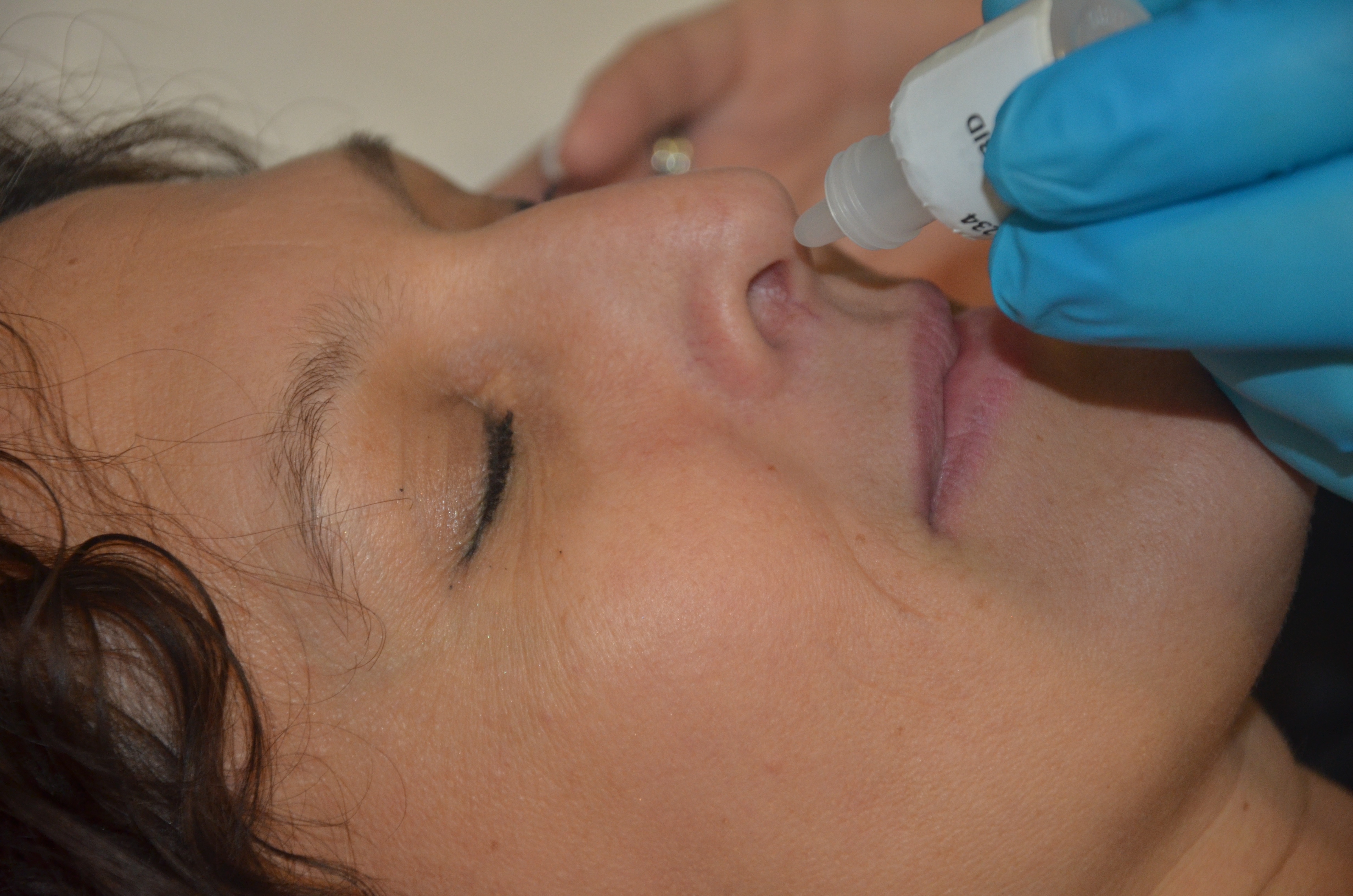|
Trichloroacetic Acid
Trichloroacetic acid (TCA; TCAA; also known as trichloroethanoic acid) is an analogue of acetic acid in which the three hydrogen atoms of the methyl group have all been replaced by chlorine atoms. Salts and esters of trichloroacetic acid are called trichloroacetates. Synthesis Trichloroacetic acid was discovered by Jean-Baptiste Dumas in 1830. It is prepared by the reaction of chlorine with acetic acid in the presence of a suitable catalyst such as red phosphorus. This reaction is Hell–Volhard–Zelinsky halogenation. : + 3 → + 3 Another route to trichloroacetic acid is the oxidation of trichloroacetaldehyde. Use It is widely used in biochemistry for the precipitation of macromolecules, such as proteins, DNA, and RNA. TCA and DCA are both used in cosmetic treatments (such as chemical peels and tattoo removal) and as topical medication for chemoablation of warts, including genital warts. It can kill normal cells as well. It is considered safe for use fo ... [...More Info...] [...Related Items...] OR: [Wikipedia] [Google] [Baidu] |
National Institute For Occupational Safety And Health
The National Institute for Occupational Safety and Health (NIOSH, ) is the List of United States federal agencies, United States federal agency responsible for conducting research and making recommendations for the prevention of work-related occupational injury, injury, occupational disease, illness, disability, and occupational fatality, death. Its functions include gathering information, conducting scientific research both in the laboratory and in the field, and translating the knowledge gained into products and services.About NIOSH National Institute for Occupational Safety and Health. Among NIOSH's programs are determination of recommended exposure limits for toxic chemicals and other hazards, field research such as the Health Hazard Evaluation Program, epidemiology and health surveillance programs such as the National Firefighter Re ... [...More Info...] [...Related Items...] OR: [Wikipedia] [Google] [Baidu] |
Hell–Volhard–Zelinsky Halogenation
The Hell–Volhard–Zelinsky halogenation reaction is a chemical transformation that transforms an alkyl carboxylic acid to the α-bromo derivative. It is a specialized and rare kind of halogenation. Examples An example of the Hell–Volhard–Zelinsky reaction can be seen in the preparation of alanine from propionic acid. In the first step, a combination of bromine and phosphorus tribromide (catalyst) is used in the Hell–Volhard–Zelinsky reaction to prepare 2-bromopropionic acid, which in the second step is converted to a racemic mixture of the amino acid product by ammonolysis. : Mechanism The reaction is initiated by addition of a catalytic amount of PBr3, after which one molar equivalent of Br2 is added. PBr3 converts the carboxylic OH to the acyl bromide. The acyl bromide tautomerizes to an enol, which reacts with the Br2 to brominate at the α position. In neutral to slightly acidic aqueous solution, hydrolysis of the α-bromo acyl bromide occurs spontaneou ... [...More Info...] [...Related Items...] OR: [Wikipedia] [Google] [Baidu] |
JSTOR
JSTOR ( ; short for ''Journal Storage'') is a digital library of academic journals, books, and primary sources founded in 1994. Originally containing digitized back issues of academic journals, it now encompasses books and other primary sources as well as current issues of journals in the humanities and social sciences. It provides full-text searches of almost 2,000 journals. Most access is by subscription but some of the site is public domain, and open access content is available free of charge. History William G. Bowen, president of Princeton University from 1972 to 1988, founded JSTOR in 1994. JSTOR was originally conceived as a solution to one of the problems faced by libraries, especially research and university libraries, due to the increasing number of academic journals in existence. Most libraries found it prohibitively expensive in terms of cost and space to maintain a comprehensive collection of journals. By digitizing many journal titles, JSTOR allowed libraries ... [...More Info...] [...Related Items...] OR: [Wikipedia] [Google] [Baidu] |
Herbicide
Herbicides (, ), also commonly known as weed killers, are substances used to control undesired plants, also known as weeds.EPA. February 201Pesticides Industry. Sales and Usage 2006 and 2007: Market Estimates. Summary in press releasMain page for EPA reports on pesticide use ihere Selective herbicides control specific weed species while leaving the desired crop relatively unharmed, while non-selective herbicides (sometimes called "total weed killers") kill plants indiscriminately. The combined effects of herbicides, nitrogen fertilizer, and improved cultivars has increased yields (per acre) of major crops by three to six times from 1900 to 2000. In the United States in 2012, about 91% of all herbicide usage, was determined by weight applied, in agriculture. In 2012, world pesticide expenditures totaled nearly US$24.7 billion; herbicides were about 44% of those sales and constituted the biggest portion, followed by insecticides, fungicides, and fumigants. Herbicide is also used ... [...More Info...] [...Related Items...] OR: [Wikipedia] [Google] [Baidu] |
Sodium Trichloroacetate
Sodium trichloroacetate is a chemical compound with a formula of CCl3CO2Na. It is used to increase sensitivity and precision during transcript mapping. It was previously used as an herbicide starting in the 1950s but regulators removed it from the market in the late 1980s and early 1990s. Preparation Sodium trichloroacetate is made by reaction trichloroacetic acid with sodium hydroxide: : Reactions Basicity Sodium trichloroacetate is a weaker base than sodium acetate because of the electron-withdrawing nature of the trichloromethyl group. Sodium trifluoroacetate is likewise a weaker base. However, it can easily be protonated in the presence of suitably strong acids: : Trichloromethyl-anion precursor This reagent is useful for introducing the trichloromethyl group into other molecules. Decarboxylation produces the trichloromethyl anion, which is a sufficiently strong nucleophile to attack various carbonyl functional groups, such as aldehydes, carboxylic acid anhydride ... [...More Info...] [...Related Items...] OR: [Wikipedia] [Google] [Baidu] |
Genital Warts
Genital warts are a sexually transmitted infection caused by certain types of human papillomavirus (HPV). They may be flat or project out from the surface of the skin, and their color may vary; brownish, white, pale yellow, pinkish-red, or gray. There may be a few individual warts or several, either in a cluster or merged together to look cauliflower-shaped. They can be itchy and feel burning. Usually they cause few symptoms, but can occasionally be painful. Typically they appear one to eight months following exposure. Warts are the most easily recognized symptom of genital HPV infection. HPV types 6 and 11 are responsible for causing majority of genital warts whereas HPV types 16, 18, 31, 33, and 35 are also occasionally found. It is spread through direct skin-to-skin contact, usually during oral, manual, vaginal, or anal sex with an infected partner. Diagnosis is generally based on symptoms and can be confirmed by biopsy. The types of HPV that cause cancer are not the same ... [...More Info...] [...Related Items...] OR: [Wikipedia] [Google] [Baidu] |
Warts
Warts are non-cancerous viral growths usually occurring on the hands and feet but which can also affect other locations, such as the genitals or face. One or many warts may appear. They are distinguished from cancerous tumors as they are caused by a viral infection, such as a human papillomavirus, rather than a cancer growth. Factors that increase the risk include the use of public showers and pools, working with meat, eczema, and a weak immune system. The virus is believed to infect the host through the entrance of a skin wound. A number of types exist, including plantar warts, " filiform warts", and genital warts. Genital warts are often sexually transmitted. Without treatment, most types of warts resolve in months to years. A number of treatments may speed resolution, including salicylic acid applied to the skin and cryotherapy. In those who are otherwise healthy, they do not typically result in significant problems. Treatment of genital warts differs from that of o ... [...More Info...] [...Related Items...] OR: [Wikipedia] [Google] [Baidu] |
Chemoablation
Ablation ( – removal) is the removal or destruction of something from an object by vaporization, chipping, erosive processes, or by other means. Examples of ablative materials are described below, including spacecraft material for ascent and atmospheric reentry, ice and snow in glaciology, biological tissues in medicine and passive fire protection materials. Artificial intelligence In artificial intelligence (AI), especially machine learning, ablation is the removal of a component of an AI system. The term is by analogy with biology: removal of components of an organism. Biology Biological ablation is the removal of a biological structure or functionality. Genetic ablation is another term for gene silencing, in which gene expression is abolished through the alteration or deletion of genetic sequence information. In cell ablation, individual cells in a population or culture are destroyed or removed. Both can be used as experimental tools, as in loss-of-function experiment ... [...More Info...] [...Related Items...] OR: [Wikipedia] [Google] [Baidu] |
Topical Medication
A topical medication is a medication that is applied to a particular place on or in the body. Most often topical medication means application to body surface area, body surfaces such as the skin or mucous membranes to treat ailments via a large range of classes including Cream (pharmaceutical), creams, foams, gels, lotions, and ointments. Many topical medications are epicutaneous, meaning that they are applied directly to the skin. Topical medications may also be insufflation (medicine), inhalational, such as asthma medications, or applied to the surface of tissues other than the skin, such as eye drops applied to the conjunctiva, or ear drops placed in the ear, or medications applied to the surface of a Human tooth, tooth. The word ''topical'' derives from Ancient Greek, Greek wikt:τοπικός, τοπικός ''topikos'', "of a place". Justification Topical drug delivery is a route of administering drugs via the Human skin, skin to provide topical therapeutic effects. As sk ... [...More Info...] [...Related Items...] OR: [Wikipedia] [Google] [Baidu] |
Tattoo Removal
Tattoo removal is a procedure to eliminate or significantly lighten a tattoo from the skin. People pursue removal for many reasons, including changes in personal taste, social or professional considerations, or a desire to relocate a tattoo. Modern techniques include laser removal, dermabrasion, surgical excision, and other methods. The process of tattooing generally creates permanent markings in the skin, but people have attempted many methods to try to hide or destroy tattoos. The standard modern method is the non-invasive removal of tattoo pigment using Q-switched lasers. Different types of Q-switched lasers are used to target different colors of tattoo ink; depending on the specific light absorption spectra of the tattoo pigments. Typically, black and other darker-colored inks can be removed completely using Q-switched lasers, while lighter colors, such as yellows and greens, are very difficult to remove. Success depends on a wide variety of factors including skin color, ... [...More Info...] [...Related Items...] OR: [Wikipedia] [Google] [Baidu] |
Chemical Peels
A chemical peel is a treatment used to improve and smooth the texture of the skin. The skin on the face is most commonly treated, but peels can also be performed on the body. Chemical peels are intended to remove the outermost layers of the skin. To accomplish this task, the chosen peel solution induces a controlled injury to the skin, which causes the skin to peel. This process leads to smoother skin can improve fine lines, acne scars, and pigment. Medium depth peels must be performed by a medical provider (MD, NP, RN, or AP Esthetician in certain states). There are several types of chemical peels. ''α''-hydroxy acid peels Alpha hydroxy acids (AHAs) are naturally occurring carboxylic acids such as glycolic acid, a natural constituent of sugar cane juice, and lactic acid, found in sour milk and tomato juice as well as being produced Endogeny (biology), endogenously during normal metabolism and exercise. This is the mildest of the peel formulas and produces light peels for t ... [...More Info...] [...Related Items...] OR: [Wikipedia] [Google] [Baidu] |
Dichloroacetic Acid
Dichloroacetic acid (DCA), sometimes called bichloroacetic acid (BCA), is the organic compound with formula . It is an analogue of acetic acid, in which 2 of the 3 hydrogen atoms of the methyl group have been replaced by chlorine atoms. Like the other chloroacetic acids, it has various practical applications. The salts and esters of dichloroacetic acid are called dichloroacetates. Reactions The chemistry of dichloroacetic acid is typical for halogenated organic acids. It is an alkylating agent. It forms esters. It is a member of the chloroacetic acids family. As such it is more acidic than acetic acid. It fully dissociates into dichloroacetate when dissolved in water, consistent with it p''K''a of 1.35, pure dichloroacetic acid is classed as a strong organic acid; it is very corrosive and extremely destructive to tissues of the mucous membranes and upper respiratory tract via inhalation. Natural occurrence DCA has been shown to occur in nature in at least one seaweed, '' ... [...More Info...] [...Related Items...] OR: [Wikipedia] [Google] [Baidu] |





